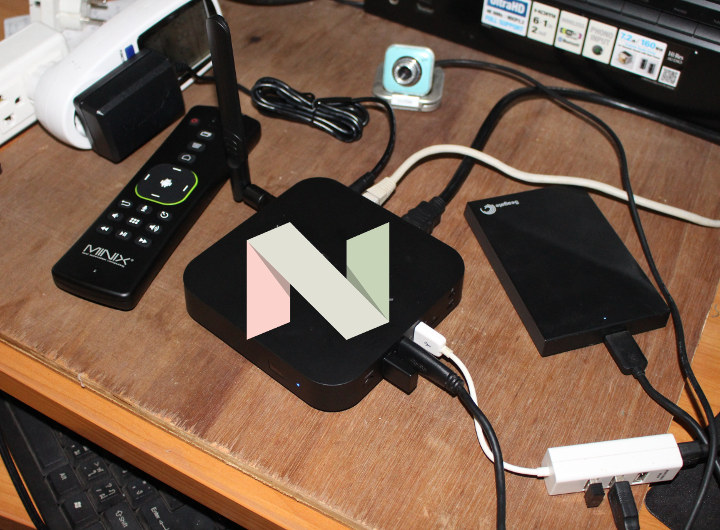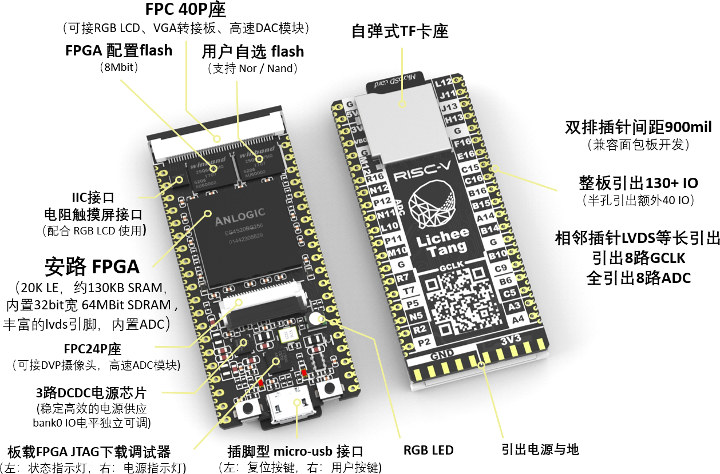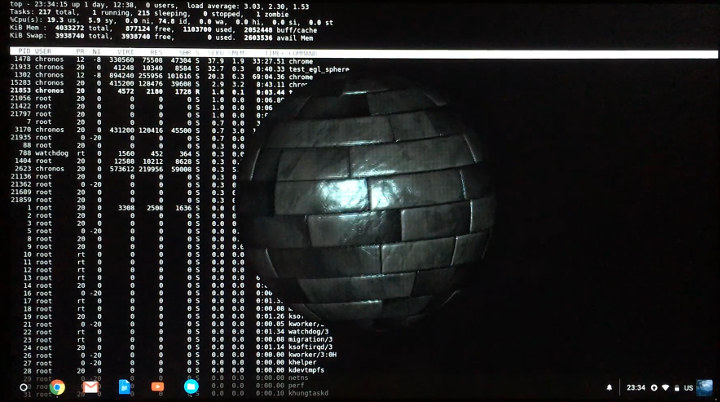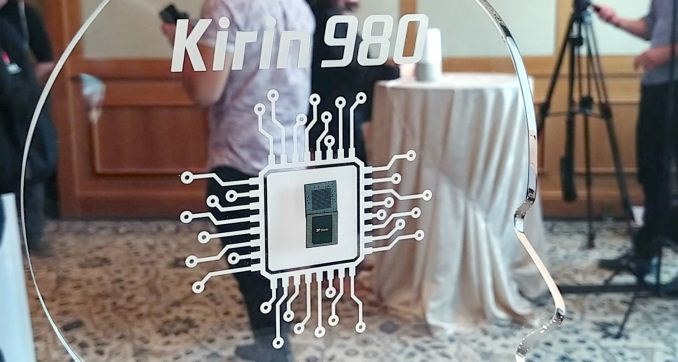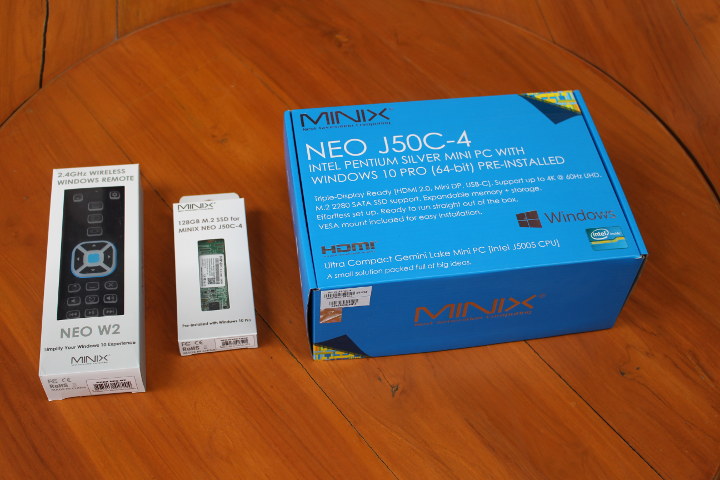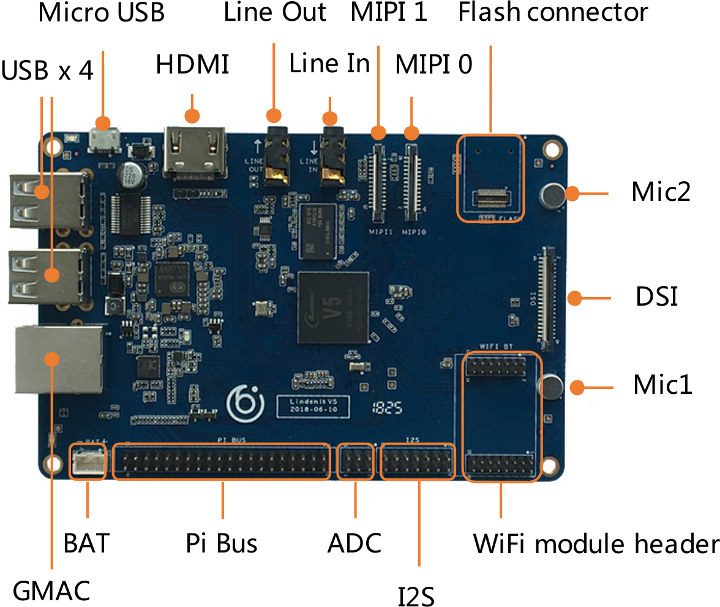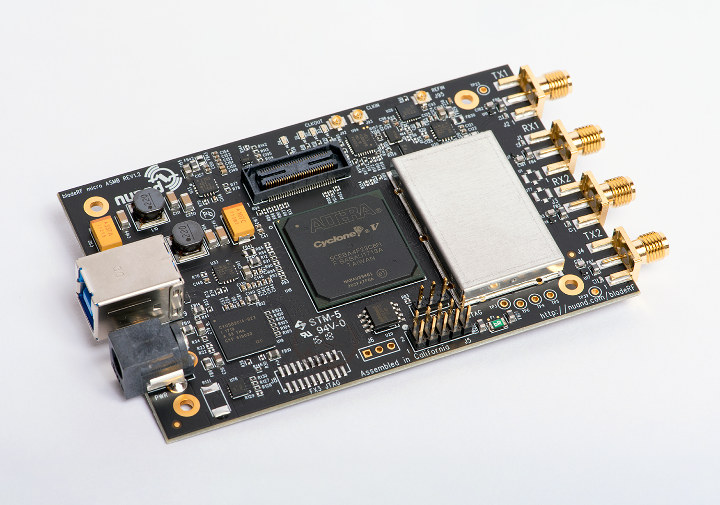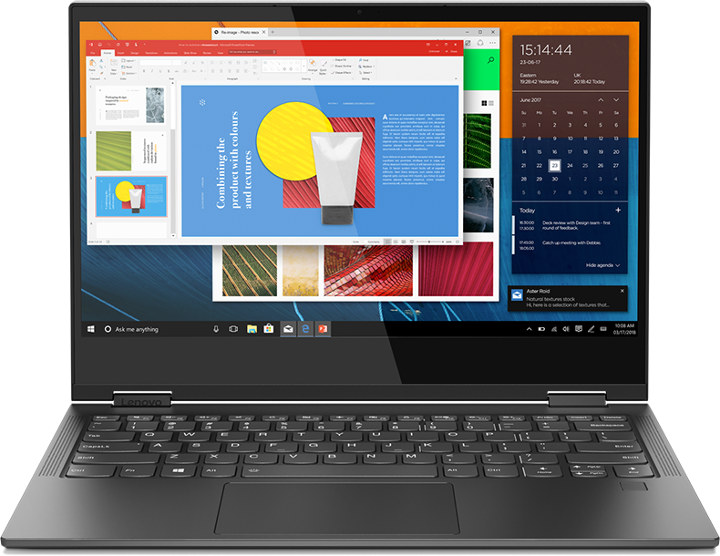MINIX NEO U9-H is generally considered one of the best Android TV boxes if you are after an Android experience, as opposed to a pure Android TV experience. I found the firmware solid and performing on very capable hardware when I reviewed the device in 2017 although there were a few bugs here and there for the version of the firmware I tested. The device is still the main TV box model sold by MINIX, but so far, you had to run the older Android 6.0 OS. The good news is that you can now upgrade your box, if you wish to do so, to a more recent Android 7.1 operating system. There’s no specific changelog for the release, and you can find Android 7.1 for MINIX NEO U9-H on MEGA.An important caveat is that it’s not an OTA update, so you’d have to use USB Burning Tool – also […]
LicheeTang Anlogic EG4S20 FPGA Board Targets RISC-V Development
LicheePi has already made some interested little development board in the past with products such as LicheePi Zero, and the recently-announced SD card sized LicheePi Nano board, but their latest development board may ever be more intriguing. LicheeTang features Anlogic EG4S20 FPGA – unrelated to Amlogic – which run a RISC-V softcore, and all is packaged in a small small form factor as we’ve come to expect with LicheePi boards. LicheeTang specifications: FPGA – Anlogic EG4S20BG256 with 20K logic unit (LUT4/LUT5 hybrid architecture), about 130KB SRAM, 64MBit SDRAM Storage – 8Mbit flash, micro SD card slot, optional SPI NOR flash Expansion Connectors FPC40P socket for RGB LCD, VGA adapter board, or high speed (12-bit 1MSPS) DAC module FPC24P socket for DVP camera, or high speed ADC module Through holes and castellated holes exposing over 130 I/Os Debugging – FPGA JTAG chip connected over micro USB port Misc – RGB LED […]
Self-hosted GLES on ChromeOS, part two
This is a follow-up post from an earlier guest post by Blu about OpenGL ES development on Chrome OS. One can’t practice real-time rendering to disk files for long ‒ it’s just unnatural. So after checking that my habitual GLES tests work as intended on ChromeOS when rendering to an off-screen-buffer-subsequently-saved-to-a-PNG, the next step was to figure out a way how to show frames on screen at a palpable framerate, if possible. Being as new to Chrome OS as the next guy, I had to start from scratch with ‘How to show EGL surfaces on screen fast’. In the comments section to the first article William Barath kindly mentioned that there was a wayland client library on Chromebrew, so I decided to pursue that as I had had (positive) prior experience with wayland. Long story short, the established way on most platforms for connecting wayland to EGL (or vice versa) […]
HiSilicon Unveils Kirin 980 Octa-core Cortex A76/A55 Processor with Mali-G76 GPU
Arm announced Cortex A76 CPU core and Mali-G76 GPU in June of this year, and in the past, we normally had to wait about a year between the announcement and the actual launch of SoC with the new IP core. But courtesy of HiSilicon (Huawei), we already know of one Cortex A76 processor with Kirin 980 processor featuring three clusters with two high performance Cortex A76 cores, two Cortex A76 cores clocked at a low frequency, and four Cortex A55 efficiency core. The company also added the new Mali-G76 GPU for good measure. Kirin 980 specifications and key features: CPU (DynamIQ clusters) 2x Cortex A76 cores @ up to 2.60 GHz with 512KB L2 cache 2x Cortex A76 cores @ up to 1.92 GHz with 512KB L2 cache 4x Cortex A55 cores @ 1.80 GHz with 128KB L2 cache 4MB shared L3 cache GPU – ARM Mali-G76MP10 @ 720 MHz […]
MINIX NEO J50C-4 Pentium J5005 Mini PC Review – Part 1: Unboxing, Windows Remote, M.2 SSD, and Teardown
MINIX has just announced a new Windows 10 Pro mini PC with MINIX NEO J50C-4 mini PC that just looks like their previous models like MINIX NEO N42C-4, except it comes with a Pentium Silver J5005 “Gemini Lake” processor. The company sent me a sample together with some accessories, and it will be interesting to see how it performs. But before I’ll go through the specifications, checking the devices and some extra accessories namely NEO W2 windows remote control, and an M.2 SSD pre-loaded with Windows 10 Pro. Finally, I’ll have a look at the internals in the first part of this review. MINIX NEO J50C-4 Specifications SoC – Intel Pentium Silver J5005 quad core “Gemini Lake” processor @ 1.50 / 2.80 GHz with 18 EU Intel UHD Graphics 605 (10W TDP) System Memory – 4GB DDR4 upgradable to 16GB via 2x SO-DIMM slots Storage – 32GB eMMC 5.1 flash, […]
Lindenis V5 Allwinner V5 SBC is Designed for AI Video Processing, 4K Encoding
Allwinner V5 V100 is a new quad core Cortex A7 processor targeting 4K 30 fps (Linux) cameras, and integrating AIE intelligent analytic acceleration engine handling motion detection, perimeter defense video diagnosis, and face detection. Usually, it’s pretty hard to get a development board based on a new processor, but Lindenis V5 single board computer based on the processor is already available in China, and comes with 1 to 2GB RAM, HDMI 1.4 and MIPI DSI video outputs, dual MIPI CSI video inputs, Gigabit Ethernet and more. Lindevis V5 SBC specifications: SoC – Allwinner V5 Quad-core Arm Cortex-A7 processor @ up to 1,512 MHz with NEON, VFPv4 FPU 4K @ 30 fps H.265/H.264 encoder and decoder Dual ISP 13M@30fps + 8M@30fps AIE (AI Engine) Architecture – Built-in with intelligent analytics acceleration engine with support for motion detection, perimeter defense, video diagnosis, face detection, flow statistics. Supports binocular depth map. System Memory […]
BladeRF 2.0 USB 3.0 Software Defined Radio Launched for $480 and Up
Around 5 years ago, several affordable FPGA based open source software defined radio boards launched including HackRF, BladeRF x40 / x115, and USRP B200. The company behind BladeRF has now launched an update of their boards with Blade RF 2.0 coming in two versions namely bladeRF 2.0 micro xA4 and bladeRF 2.0 micro xA9 supporting the same 47MHz to 6GHz frequency range, and 61.44MHz sampling rate, but the latter comes with a more powerful 301KLE Cyclone V FPGA. BladeRF 2.0 hardware specifications: FPGA Micro xA4 – Intel / Altera Cyclone V FPGA with 49 kLE Micro xA9 – Intel / Altera Cyclone V FPGA with 301 kLE Analog Devices RF Transceiver 47 MHz to 6 GHz frequency range 2×2 MIMO, 61.44 MHz sampling rate 56 MHz filtered bandwidth (IBW) Automatic gain control (AGC) Real- time custom gain control tables controlled via SPI and discrete external input pins Automatic IQ and […]
Lenovo Yoga C630 WOS Laptop Comes with Qualcomm Snapdragon 850 SoC, up to 8GB RAM & 256GB UFS Storage
The first Windows 10 based Arm laptops, also referred to as always-on always connected mobile PC’s, were launched last year with Qualcomm Snapdragon 835 processor, LTE connectivity and promises of 20+ hours of battery life. The laptops did deliver on the last two features, but most reviewers found the devices – such as HP Envy X2 or ASUS Novago TP370 – to be pretty sluggish considering the price you’d paid for them. But Qualcomm did not stand still and announced Snapdragon 850 processor in June, with 30% better system performance, nearly three times faster AI performance, faster LTE connectivity, and a battery life of over 25 hours. So we just had to wait for products announcements, and the first Snapdragon 850 laptop is Lenovo Yoga C630 WOS (Windows on Snapdragon) that comes with 4 or 8GB RAM, 128 or 256GB internal storage, and hopefully provides a smoother user experience, maybe […]


